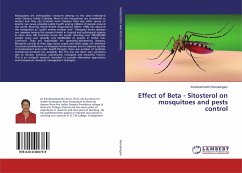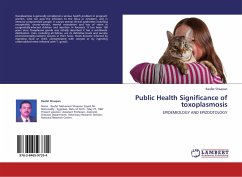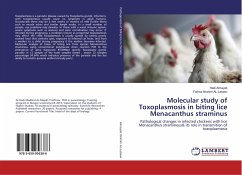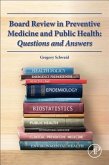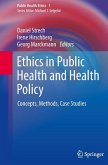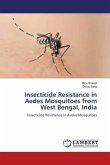Insects are referred to in the Bible as well as in Chinese, Greek, Roman and other historical writings. Insect-transmitted diseases have killed more soldiers than all military actions combined. Fleas, lice and mosquitoes infect humans and domesticated animals directly or indirectly with the organisms of many dangerous diseases. In considering transmission of disease-causing organisms, it is important to understand the relationships between the vector (the disease-transmitting organism, for example, an insect), the disease pathogen (the infecting organism, for example, a virus) and the human or animal host. Pathogens that undergo changes in life stages within the vector before being transmitted to a host require the vector.Without the vector, the disease life cycle would be broken and the pathogen would die. Some diseases that require an insect host may require several individual hosts before completing pathogen transmission.
Bitte wählen Sie Ihr Anliegen aus.
Rechnungen
Retourenschein anfordern
Bestellstatus
Storno


